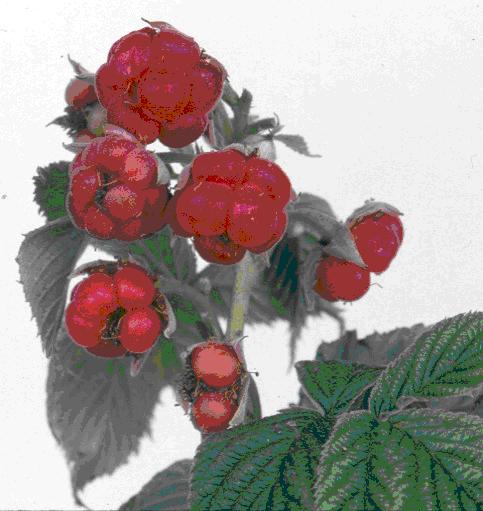
Raspberry bushy dwarf virus is spread during pollination, but the exact means and route of infection is, as yet, unknown. The virus occurs wherever susceptible varieties are grown. In some red raspberry cvs it induces yellows disease and/or crumbly fruit (drupelet abortion) and/or degeneration in vigour.
Strong symptoms, frequently termed bushy dwarf disease, are confusingly not induced by RBDV and this disease is probably caused by mixed infection with Black raspberry necrosis virus and RBDV. Some cvs contain gene Bu that confers resistance to RBDV, although resistance-breaking isolates have been identified. Virus can be readily detected in infected plants by enzyme linked immunosorbent assay.
